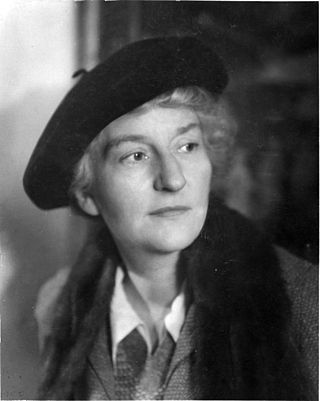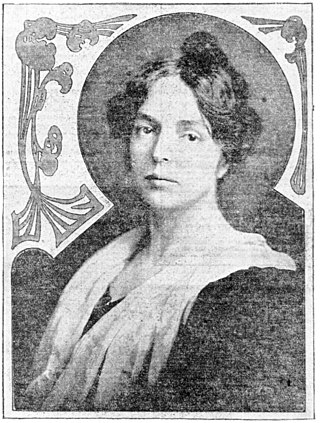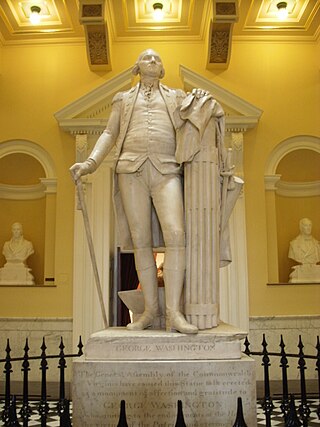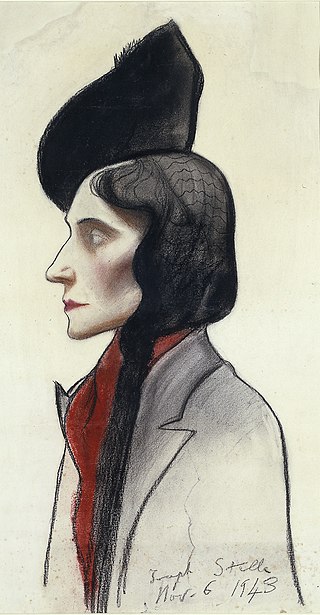
Paul Howard Manship was an American sculptor. He consistently created mythological pieces in a classical style, and was a major force in the Art Deco movement. He is well known for his large public commissions, including the iconic Prometheus in Rockefeller Center and the Celestial Sphere Woodrow Wilson Memorial in Geneva, Switzerland. He is also credited for designing the modern rendition of New York City's official seal.

Malvina Cornell Hoffman was an American sculptor and author, well known for her life-size bronze sculptures of people. She also worked in plaster and marble. Hoffman created portrait busts of working-class people and significant individuals. She was particularly known for her sculptures of dancers, such as Anna Pavlova. Her sculpture series of culturally diverse people, entitled Hall of the Races of Mankind, was a popular permanent exhibition at the Field Museum of Natural History in Chicago. It was featured at the Century of Progress International Exposition at the Chicago World's Fair of 1933.

Theo Alice Ruggles Kitson, also known as Tho. A. R. Kitson and Theo Alice Ruggles, was an American sculptor.

Anna Vaughn Hyatt Huntington was an American sculptor who was among New York City's most prominent sculptors in the early 20th century. At a time when very few women were successful artists, she had a thriving career. Hyatt Huntington exhibited often, traveled widely, received critical acclaim at home and abroad, and won multiple awards and commissions.

Harriet Whitney Frishmuth was an American sculptor known for her works in bronze.

Chauncey Bradley Ives was an American sculptor who worked primarily in the Neo-classic style. His best known works are the marble statues of Jonathan Trumbull and Roger Sherman enshrined in the National Statuary Hall Collection.

Brenda Putnam was an American sculptor, teacher and author.

John Clements Gregory was an American sculptor.

Concetta Scaravaglione was an American sculptor. Her parents immigrated from Calabria, Italy, and Concetta was the youngest of nine children. She is known for her monumental figurative sculpture, her work for the Federal Art Project (FAP), and her teaching career.

George Washington is a statue by the French sculptor Jean-Antoine Houdon from the late 18th century. Based on a life mask and other measurements of George Washington taken by Houdon, it is considered one of the most accurate depictions of the subject. The original sculpture is located in the rotunda of the Virginia State Capitol in Richmond, Virginia, and it has been copied extensively, with one copy standing in the United States Capitol Rotunda.

Cesare Stea was an American sculptor and painter.

Cornelia Van Auken Chapin was an American sculptor and animalier born in Waterford, Connecticut. She was known for her stone models of birds and animals, which she largely carved directly from life and without preliminary models or sketches.

Beatrice Fenton was an American sculptor and educator born in Philadelphia, Pennsylvania. She is best known for her whimsical fountains. Her work was also part of the sculpture event in the art competition at the 1932 Summer Olympics.

Hedvig Erika ("Vicken") von Post Börjeson Totten was a Swedish ceramicist, sculptor, painter, and illustrator.
Berta O'Hare Margoulies was an American sculptor.

Alice Morgan Wright was an American sculptor, suffragist, and animal welfare activist. She was one of the first American artists to embrace Cubism and Futurism.

Bonnie MacLeary was an American sculptor. Some sources give her date of birth as 1890, 1892, or 1898.

Maria Judson Strean was an American portraitist, recognized primarily for her artistic work as a miniaturist.

Minna Harkavy was an American sculptor.

Clara Fasano was an Italian born American sculptor known for her terracotta figures with religious or allegorical themes.




















